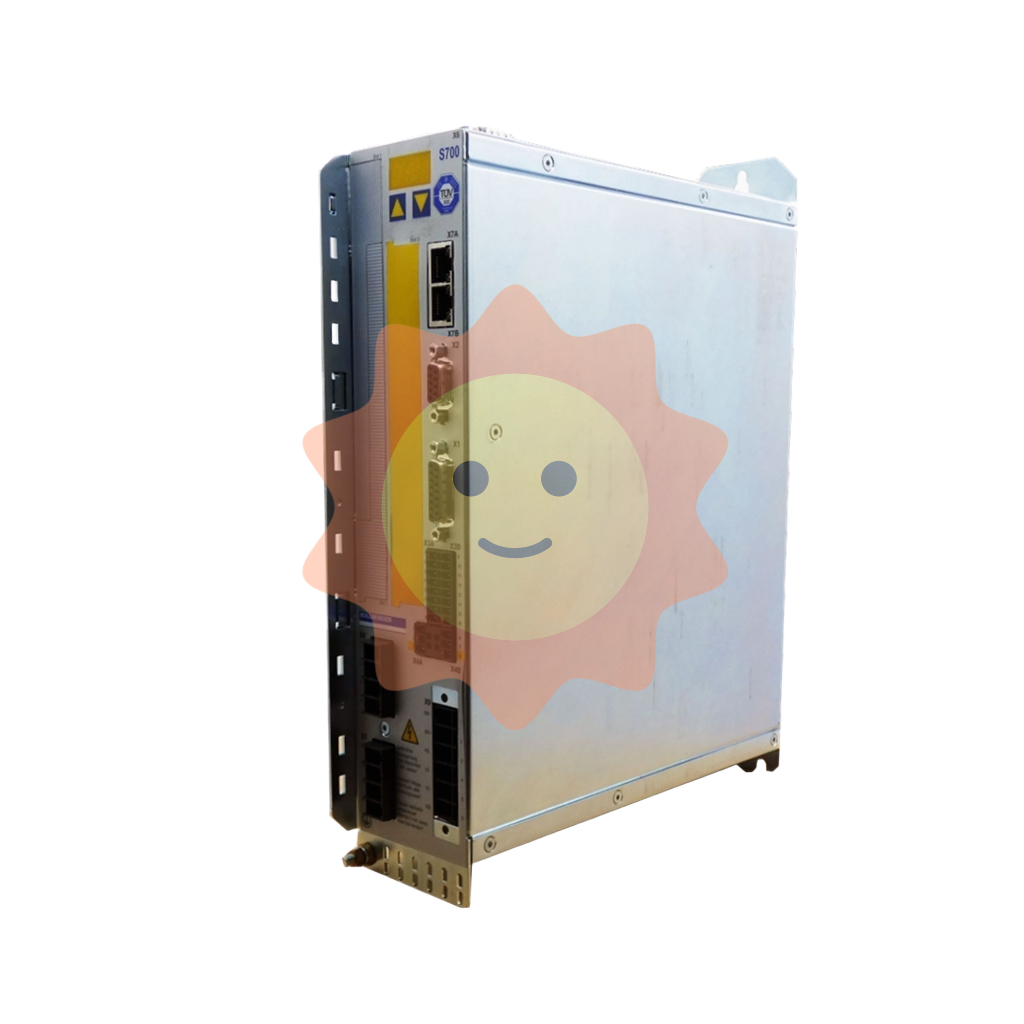Boom degree differentiation, the rise of new energy

In the first half of 2022, the average gross profit margin of basic chemical sales, ROE, inventory turnover and accounts receivable turnover remained stable. Among the chemical sub-industries, there are 19 industries with increased sales gross profit margin in 2021, among which the industries with more year-on-year increases are potash fertilizer, silicone, spandex, nitrogen fertilizer, coal chemical industry, etc. There are 8 sub-industries with year-on-year increase in sales gross margin in 2022H1. Affected by the tight supply and demand of global fertilizers in 2022H1, the industries with more year-on-year increase are potash fertilizer, phosphate fertilizer and phosphorus chemical, other chemical fibers, fluorine chemical, inorganic salt and other industries.
1.2 The growth rate of domestic manufacturing demand has slowed down, and overseas export demand is expected to be strong
In the first half of 2022, oil prices are high and volatile, and natural gas prices are "easy to go up and difficult to go down." At the beginning of 22, the oil price soared sharply, and then it was at a high and volatile level. As of September 1, 2022, the Brent futures settlement price was 92.36 US dollars, soaring 80.8% compared with the price at the beginning of 21. The Russia-Ukraine war superposition recently "Nord Stream -1" natural gas pipeline shutdown and maintenance led to a shortage of natural gas supply in Europe, natural gas prices "easy to go up and difficult to go down", as of August 31, the price of liquefied natural gas (LNG) was 6705.50 yuan/ton.
Demand for real estate infrastructure and automobiles has been impacted, and domestic demand for chemical products has been under short-term pressure. From the perspective of the downstream real estate at the core of the chemical industry, the cumulative area of new construction and completion of housing in February 2021 reached a peak of 64.3% and 40.4%, respectively, and then was impacted by the repeated impact of the domestic epidemic, which decreased by 36.1 and 23.3% respectively by July 2022. Infrastructure investment has continued to grow year-on-year since February 2021, with the highest monthly year-on-year growth of 38.3%, and the growth rate has slowed down in the first quarter of 2022. As of July 2022, domestic automobile production decreased by 0.87% year on year due to the epidemic; Due to the uncertain impact of the Russian-Ukrainian war on global trade, the price of agricultural products has risen sharply. As of the beginning of September, the price of corn, wheat and soybean has risen by 37.63%, 26.32% and 8.18% respectively since the beginning of 21, and it is expected that the demand for agrochemical products will increase significantly; Affected by the epidemic in Shanghai, the export delivery of China's textile industry in April 2022 has decreased, and the export delivery value has rebounded comprehensively since May. As of July 2022, the export delivery value of China's textile industry was 23.810 billion yuan, an increase of 2.06%. With the gradual effective control of the domestic epidemic, the domestic manufacturing industry will return to the track of recovery, which will strongly support the rebound in domestic chemical demand.
The external demand for chemical products is expected to grow strongly and the export boom will continue. In March, the growth rate of industrial exports returned to 26.9%, as of June this year, China's industrial exports of 330.790 billion US dollars, an increase of 7.8%; In July 2022, the cumulative amount of chemical exports was 152.026 billion US dollars, up 32.4% year-on-year, and the current monthly growth rate of chemical exports returned to positive, and the monthly export amount continued to increase, and the export demand was relatively strong.

Domestic inventory passive accumulation, there is short-term inventory pressure. In 2021, the recovery of manufacturing demand and the rise in upstream raw material prices have made chemical enterprises in the stage of continuous replenishment of inventory, but due to the overseas export demand is still not fully expanded, superimposed on the repeated impact of the domestic epidemic, the passive accumulation of domestic inventory in the first half of this year, and the short-term destocking pressure is expected to be eliminated in the second half of the year.
The "steady growth" policy has been intensively introduced, and the chemical industry is expected to be the first to benefit. In 2022, in response to the current triple pressure of "demand contraction, supply shock, and expected weakening" in China, government departments have introduced a number of "steady growth" policies, all of which take infrastructure as the main starting point to drive investment. Infrastructure investment as the "ballast stone" of economic growth, will carry the banner of expanding domestic demand, promoting circulation, and stable growth, while exerting the multiplier effect to drive the development of the industrial chain, policy signals indicate that infrastructure investment will enter an accelerated period, and continue to exert force in the "steady growth", at the same time, to give certain support to the downstream manufacturing industry, including tax cuts and fee reductions and expand the scale of loans. Infrastructure investment will continue to rise to ensure the steady volume of upstream chemical products, the chemical industry is expected to be the first to benefit, can pay attention to the bottom reversal of demand in the second half of the year.
- EMERSON
- Honeywell
- CTI
- Rolls-Royce
- General Electric
- Woodward
- Yaskawa
- xYCOM
- Motorola
- Siemens
- Rockwell
- ABB
- B&R
- HIMA
- Construction site
- electricity
- Automobile market
- PLC
- DCS
- Motor drivers
- VSD
- Implications
- cement
- CO2
- CEM
- methane
- Artificial intelligence
- Titanic
- Solar energy
- Hydrogen fuel cell
- Hydrogen and fuel cells
- Hydrogen and oxygen fuel cells
- tyre
- Chemical fiber
- dynamo
- corpuscle
- Pulp and paper
- printing
- fossil
- FANUC
- Food and beverage
- Life science
- Sewage treatment
- Personal care
- electricity
- boats
- infrastructure
- Automobile industry
- metallurgy
- Nuclear power generation
- Geothermal power generation
- Water and wastewater
- Infrastructure construction
- Mine hazard
- steel
- papermaking
- Natural gas industry
- Infrastructure construction
- Power and energy
- Rubber and plastic
- Renewable energy
- pharmacy
- mining
- Plastic industry
- Schneider
- Kongsberg
- NI
- Wind energy
- International petroleum
- International new energy network
- gas
- WATLOW
- ProSoft
- SEW
- wind
- ADVANCED
- Reliance
- YOKOGAWA
- TRICONEX
- FOXBORO
- METSO
- MAN
- Advantest
- ADVANCED
- ALSTOM
- Control Wave
- AB
- AMAT
- STUDER
- KONGSBERG
- MOTOROLA
- DANAHER MOTION
- Bently
- Galil
- EATON
- MOLEX
- Triconex
- DEIF
- B&W
- ZYGO
- Aerotech
- DANFOSS
- KOLLMORGEN
- Beijer
- Endress+Hauser
- MOOG
- KB
- Moxa
- Rexroth


Email:wang@kongjiangauto.com


































































































